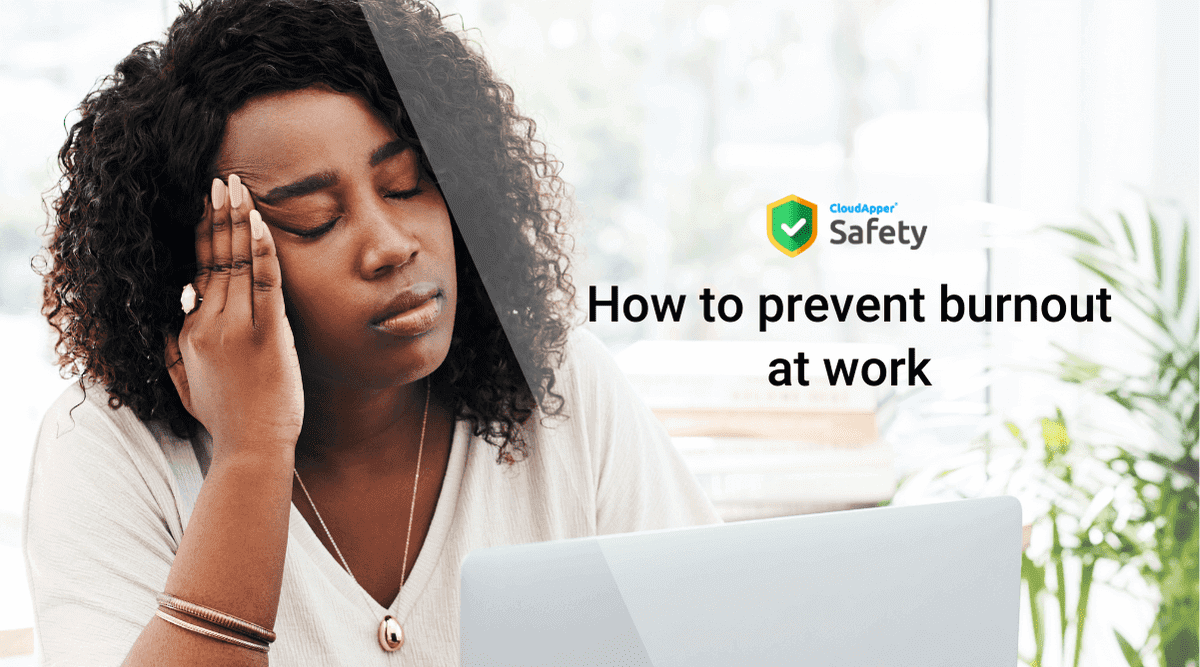We’ve prepared a list of the top seven things every CEO should know about the new guidelines in order to avoid a tarnished corporate brand, legal fines, and higher insurance costs caused due to health and safety offenses.
Since the new Safety Offenses Sentencing Guidelines went into effect in February, we’ve seen businesses of all sizes plead guilty to health and safety violations. Fines for these offenses are now higher than they have ever been. As a result, it is critical that all organizations are fully aware about the guidelines’ consequences and recognize the need for following best practices in health and safety.
1. The penalties for health and safety violations are now higher than they were previously
Victims’ families have referred to past fines for health and safety violations that resulted in deaths as “a drop in the ocean” for huge corporations. Corporations have been accused of failing to adopt safety precautions when the expense of doing so would be more than the potential fine. It was intended to address this by making fines for larger businesses more expensive. However, the following considerations demonstrate how fines may be increased beyond what was initially intended in practice.
2. Even if no one is harmed, you could be held responsible
Even before the guidelines, this was true. Some health and safety legislation is prescriptive, which means that if you expose people to the risk of inhaling asbestos or substances subject to workplace exposure limits (WELs), you could be penalized even if there is no evidence that they were really exposed. The revised standards, on the other hand, go even further in considering the “risk of exposure.”
3. You’ll be assessed on the basis of what might have happened
Previously, cases involving the Health and Safety at Work Act tended to focus on the outcome — how many people were injured and how seriously they were affected – but the new guidelines require courts to evaluate the “seriousness of harm risked.” Even if someone falls off unguarded scaffolding and merely gets bumps and bruises, you could still be in danger (the highest likelihood of harm). Furthermore, even if only one person was wounded, if others were exposed to the same risk (for example, by walking along the scaffolding), the harm category on which a fine is based can be increased.
4. You are guilty until you can establish your innocence if you murder or hurt someone
A House of Lords decision in 2008 made it clear that, unlike an individual who is presumed innocent until proven guilty, the onus is on the defending organization to prove its innocence, either by demonstrating that the accident was unforeseeable or that there was no practicable way of preventing it. Blaming employees for not following rules is not an acceptable defense. Employers are required to “protect workers or others who may be careless about their own safety.”
5. The courts will be punitive if you ignore warnings
When Scottish Power was fined in June 2016 for a valve failure that resulted in a life-altering scalding of an employee, the court heard that the valve had been flagged as problematic in 2009 and again in 2013, with no repair. This was an accident waiting to happen, and Scottish Power received a £1.75 million fine as a result (but see point 7). Although Scottish Power claims that the English sentence criteria should not have been used in Scotland, legal experts believe that Scottish courts will use the same statistics.
6. You may be sentenced to prison
Health and safety violations can result in jail time for employees, the self-employed, and employers, with a maximum sentence of two years. A poor health and safety record, falsification of documentation, and cost-cutting at the expense of safety are among the conditions included in the sentencing guidelines that will make them more inclined to consider a long period in jail. Previously, offenders were only sent to prison if they had a high level of culpability, but the new standards allow for a prison term of up to 6 months even for the lowest level of culpability if the harm risked is severe enough – see the table for more information.
7. It’s possible that things will deteriorate considerably more next year
The Sentencing Council’s consultation period for the amended guideline on Reduction in Sentence for a Guilty Plea ended in May 2016. The new policy aims to encourage individual criminals who are aware that they have committed a crime to admit guilt earlier in the process in order to save the public time and money while also minimizing the impact on victims.
Currently, if a guilty plea is filed at the “first reasonable opportunity” by an organization facing a health and safety prosecution, the penalty can be reduced by up to a third. If the new guideline is implemented, the flexibility in assessing what is “reasonable” will be abolished. The whole reduction will not be applied unless a guilty plea is submitted at the first moment at which the charge is presented to the offender in court. However, an organization’s understanding of the offence is frequent only at this point, and it will require time to research the circumstances before entering a plea and submitting any mitigating circumstances.
The maximum reduction for a subsequent plea will be cut from 25% to 20%, with the possibility of going to zero in some cases. The result of this may be a 50 percent increase in fines – in the case above, Scottish Power would have paid £2.5 million instead of £1.75 million if the discount for an early plea had not been granted – and the new guideline could cost huge corporations hundreds of thousands of pounds.
Request a demo to learn more about how CloudApper Safety may aid you in avoiding violations of the new rules.



















